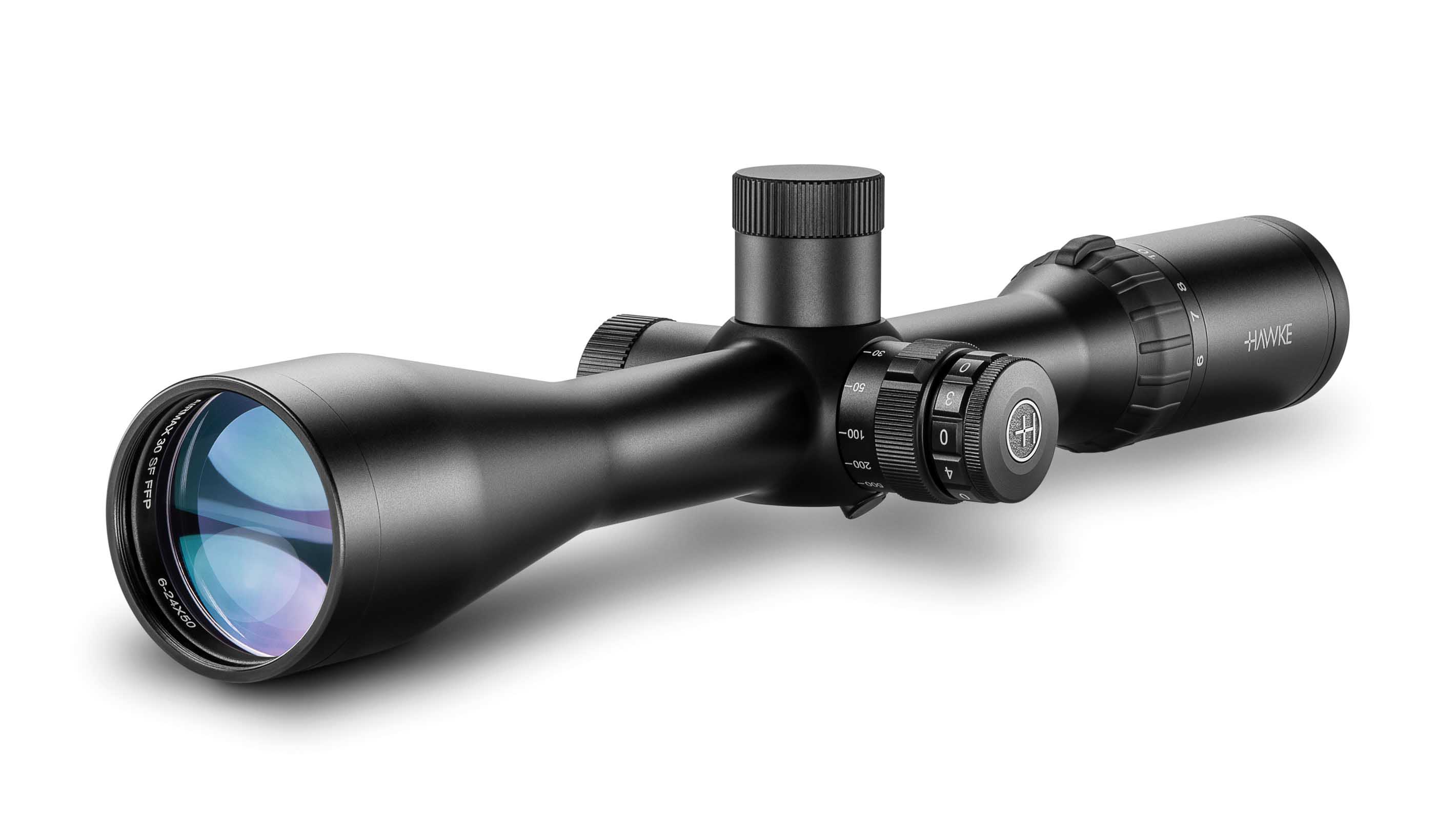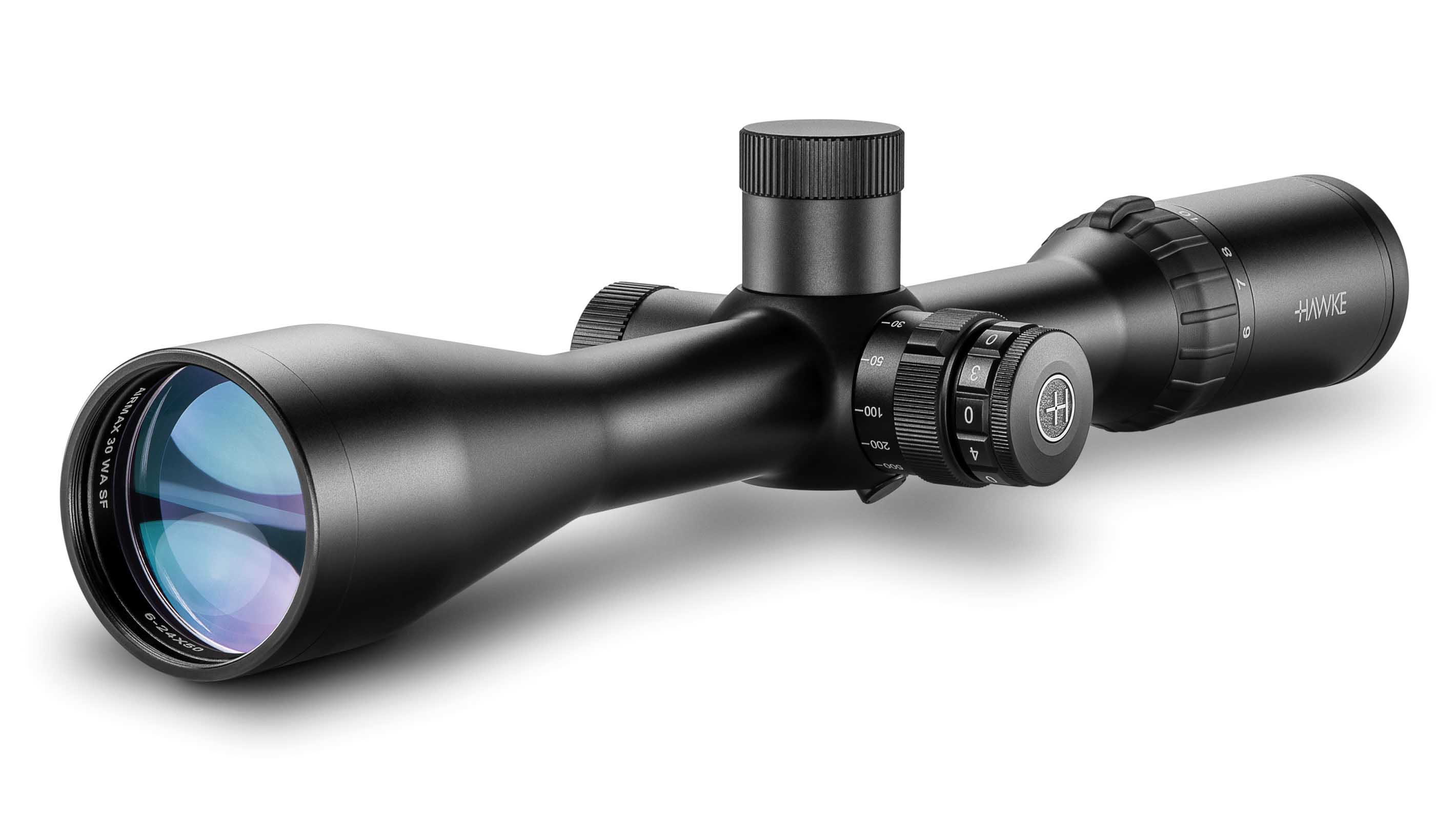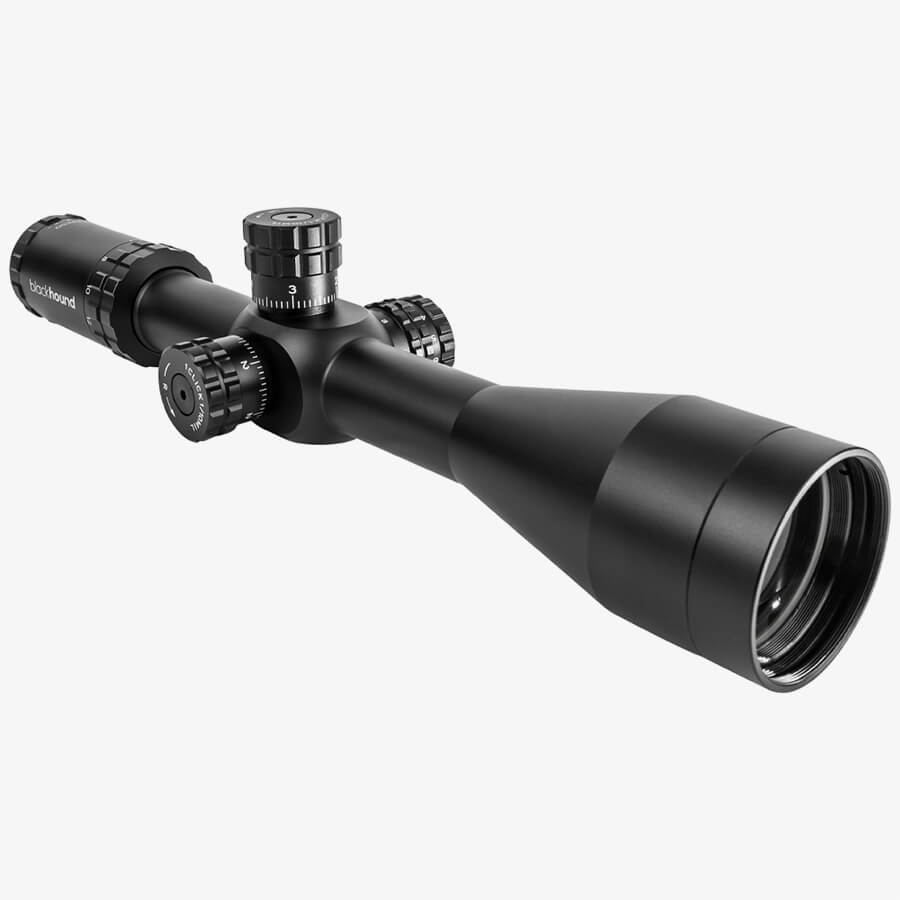I shoot primarily chipmunks and other small critters about that size with a .177 cal spring piston airgun. Most of my shots are 20 – 35 yards. It’s rare for me to shoot beyond that, though I do occasionally engage small critters as close as 2 or 3 yards.
I use a 3x9 power scope. I keep it at 9x, and only ever reduce the power level for very close shots where it is just not practical to keep it at 9x.
I’d like to have more magnification. I’m thinking of a 6x24 power scope. But which should I get – an FFP or SFP?
I like the idea of an FFP. I like the simplicity of it, that the holdover points remain the same throughout all magnifications.
But would it be practical for me to crank the magnification up on an FFP to 24x to engage a chipmunk at 35 yards? Often, all I can see is its head. Would the crosshairs become too thick to be practical in such situations?
The price difference between an FFP vs SFP is not really an issue in this case.
Advice would be greatly appreciated!
I use a 3x9 power scope. I keep it at 9x, and only ever reduce the power level for very close shots where it is just not practical to keep it at 9x.
I’d like to have more magnification. I’m thinking of a 6x24 power scope. But which should I get – an FFP or SFP?
I like the idea of an FFP. I like the simplicity of it, that the holdover points remain the same throughout all magnifications.
But would it be practical for me to crank the magnification up on an FFP to 24x to engage a chipmunk at 35 yards? Often, all I can see is its head. Would the crosshairs become too thick to be practical in such situations?
The price difference between an FFP vs SFP is not really an issue in this case.
Advice would be greatly appreciated!


